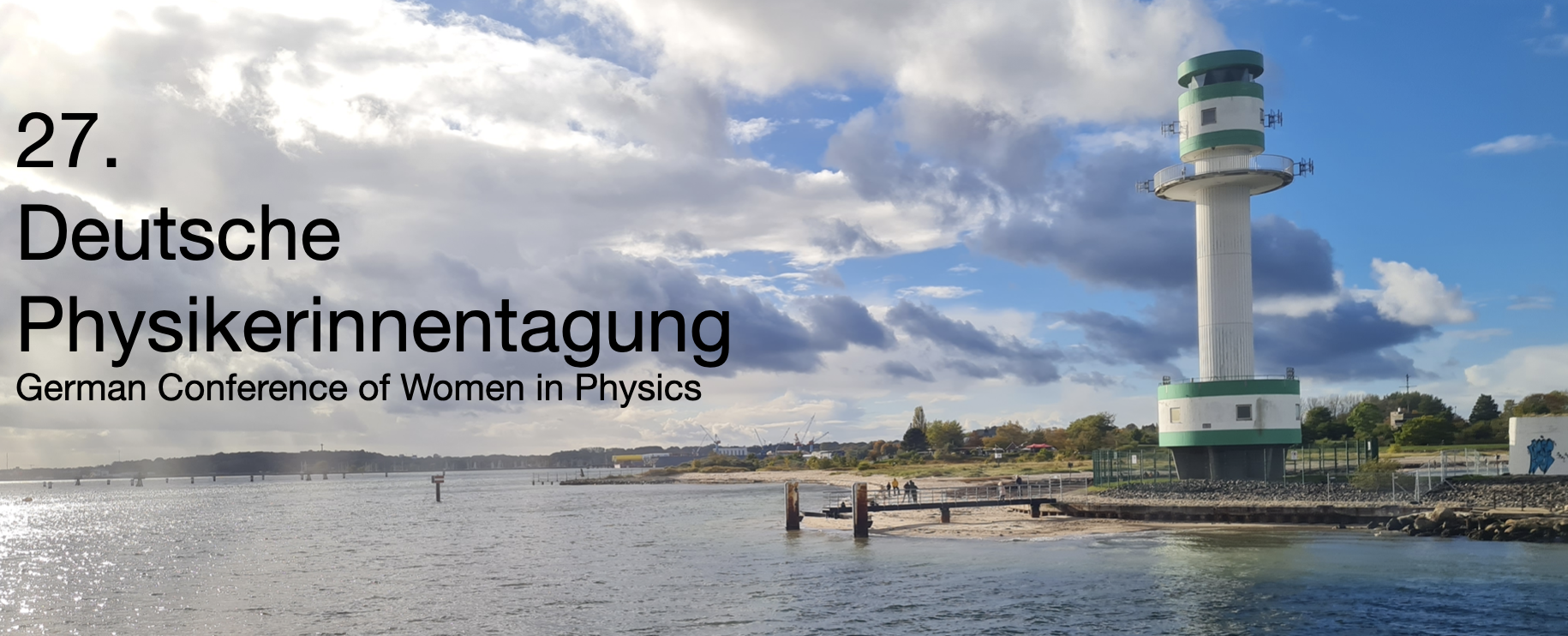Speaker
Description
Nuclear fusion offers the prospect of a sustainable and base load capable source of energy, produced in a high-temperature plasma of deuterium and tritium. One of the most advanced approaches to achieve reactor-relevant conditions is magnetic confinement of the plasma. In the tokamak configuration, the plasma is enclosed in an axisymmetric toroidal magnetic field, established using external coils and an inductively driven plasma current.
A central remaining challenge on the path towards a tokamak reactor is the integration of high confinement of energy and particles, necessary to produce net fusion power, with a solution for heat and particle exhaust at the plasma edge that protects the vessel components from being damaged by too high incident heat fluxes. Impurities play a crucial role in achieving this balance. Their radiative cooling will be required at the plasma edge of a reactor for machine protection, but at the same time, they dilute the fusion fuel and radiate power, which can be detrimental for the performance of the core plasma. Therefore, appropriate distributions of impurities are essential and it is important that their transport be understood and well-controlled.
Of special relevance is the radial transport in the narrow region at the edge of the confined plasma, which connects the plasma core and the power exhaust region via steep gradients in temperature and density profiles. This region is termed the ‘pedestal’ and it is subject to complex physics processes influencing the impurity transport, which can vary significantly between different operation regimes. However, these different pedestal impurity dynamics remain largely unexplored due to experimental difficulties posed by the steep gradients.
Besides an overview of the topic, we present an experimental study using dedicated discharges at the ASDEX Upgrade tokamak to determine the radial impurity transport in the pedestal of reactor-relevant operation regimes. Our investigations are based on high-resolution spectroscopic measurements and a sophisticated data analysis framework, which solves the high-dimensional, nonlinear inverse inference problem with Bayesian statistics. By comparing our experimental findings to transport simulations, we are able to identify the role of different transport mechanisms. The results facilitate predictions of impurity behavior in future fusion reactors.

